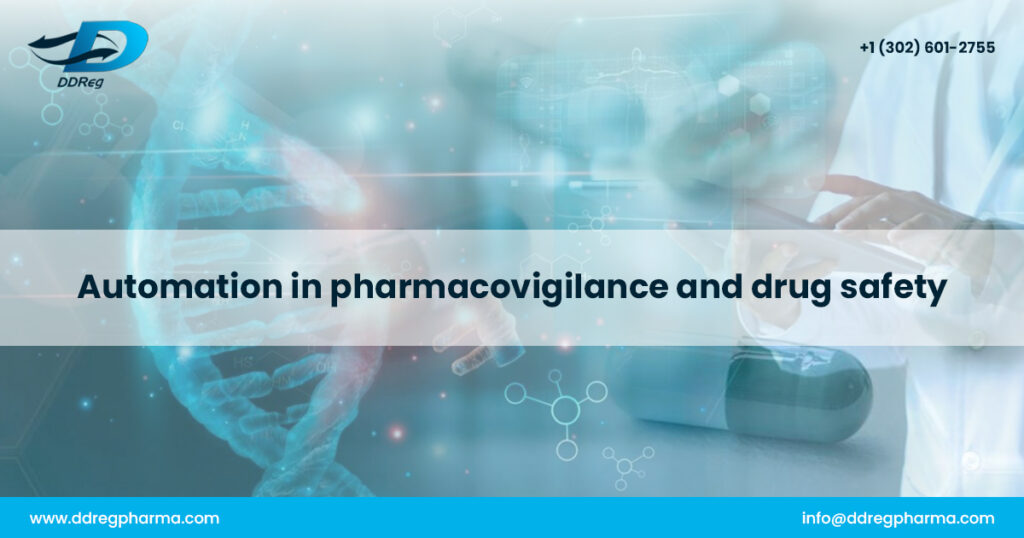The integration of artificial intelligence (AI) and machine learning (ML) technology into the pharmaceutical and life sciences industry is demonstrating significant benefits on several fronts. Whether it is incorporation of real-world data into clinical investigations or automation of operations to streamline key processes, technology is driving the industry forward. Pharmacovigilance and Drug Safety is part of the industry that is increasingly adopting AI and ML technology to enhance drug safety- be it in the detection of adverse drug events (ADEs), processing of safety reports, or identifying drug-drug interactions for better patient safety.
Detecting adverse drug events
Data on ADEs that have been reported by patients themselves is a key source of safety information for pharmacovigilance and post-market safety surveillance. In an era of ‘tweets’ and 140-character limit posts, to-the-point, and direct safety information is reported on platforms such as Twitter straight from the patient. The use of ML in directly extracting ADE data from these sources could be beneficial. A study conducted by Alvaro and colleagues utilized various ML models to identify keywords related to selective serotonin reuptake inhibitors and cognitive enhancers from 1548 tweets to extract ADE data related to these treatment options. This is advantageous as it captures information on ADEs that may not have been collected by medical professionals and demonstrates how successful ML models are in sifting through large volumes of data for more precise results [1].
Processing safety reports
Conclusion
Indeed, the use of AI and ML technology in Pharmaceuticals and Life sciences has come a long way. Be it in regulatory affairs, medico-regulatory writing, or pharmacovigilance- the pharmaceutical sector is experiencing exponential technological growth to enhance operations and processes. Particularly in pharmacovigilance services and drug safety, exploiting advanced technology is resulting in better & more accurate real-world data that provides a better understanding of a drug’s safety profile, to ensure patient safety and minimize risk of ADEs.
[1] Alvaro N, Conway M, Doan S, Lofi C, Overington J, Collier N. Crowdsourcing Twitter annotations to identify first-hand experiences of prescription drug use. Journal of biomedical informatics. 2015 Dec 1;58:280-7.
[2] Basile AO, Yahi A, Tatonetti NP. Artificial intelligence for drug toxicity and safety. Trends in pharmacological sciences. 2019 Sep 1;40(9):624-35.
[3] Ménard T, Barmaz Y, Koneswarakantha B, Bowling R, Popko L. Enabling data-driven clinical quality assurance: predicting adverse event reporting in clinical trials using machine learning. Drug safety. 2019 Sep;42(9):1045-53.
[4] Evans HP, Anastasiou A, Edwards A, Hibbert P, Makeham M, Luz S, Sheikh A, Donaldson L, Carson-Stevens A. Automated classification of primary care patient safety incident report content and severity using supervised machine learning (ML) approaches. Health informatics journal. 2020 Dec;26(4):3123-39.
[5] Marella WM, Sparnon E, Finley E. Screening electronic health record–related patient safety reports using machine learning. Journal of Patient Safety. 2017 Mar 1;13(1):31-6.
[6] Bouzillé G, Morival C, Westerlynck R, Lemordant P, Chazard E, Lecorre P, Busnel Y, Cuggia M. An Automated Detection System of Drug-Drug Interactions from Electronic Patient Records Using Big Data Analytics. InMedInfo 2019 Aug 21 (pp. 45-49).

